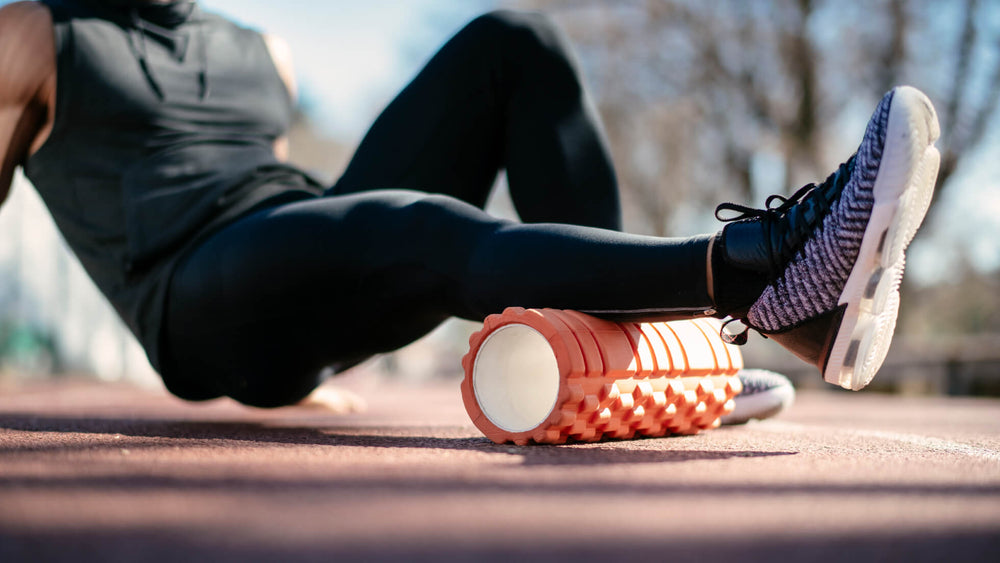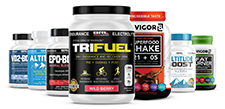5 Ways to Prep for Athletic Training

Preparation for any athletic endeavor should include a good conditioning program. Stretching, strength training, elasticity exercises, endurance training, hydration and nutrition are all components of good conditioning. Athletes also need to prepare mentally for optimal performance.
Following are the five components of a comprehensive conditioning program:
1. Nutrition: Consuming a balance of carbohydrates, proteins, vitamins and minerals and fats is critical to athletic performance. Some athletes think they can eat anything they want because of the high calories expended during exercise. This is a misnomer; proper nutrition is very important.
2. Training Supplements: It's important to choose supplements that have been shown scientifically to improve performance or assist with recovery post-exercise. Many athletes choose to use TriFuel, the 3-in-1 endurance, hydration and recovery drink that has more ingredients than any other performance drink on the market. In addition, our EPO-Boost training supplement contains ingredients that have been scientifically shown to increase VO2 max, running economy and endurance.
3. Hydration: Athletes also need proper of hydration to perform at their best. Not too much and not to little. There is a perfect balance.
4. Aerobic Conditioning: In order to stimulate an aerobic conditioning effect, research has indicated that you must keep your heart rate at approximately 70% to 85% of the Maximum Heart Rate for 10 to 30 minutes (MHR = 220 – Your Age). Training at a higher level can cause lactic acid buildup, which may lead to fatigue. Aerobic conditioning is defined as one’s ability to take in, deliver and use oxygen. Improvement in aerobic conditioning occurs when your body is exposed to a prolonged increase in oxygen uptake and metabolism.
5. Mental Preparation: Athletes need to be mentally prepared so they can focus on what they want to accomplish. Though physical training and conditioning are obviously important to performance, mental-skills training can often help athletes improve. Athletes often use visualization, goal setting and refocusing to help them mentally prepare for important events.
Take the next step in your training regimen: Try any BRL Sports supplement risk-free! If our natural nutritional products aren’t the best you’ve ever used, simply return your purchase for a 100% refund — no questions asked!
Also in Inspiration & Perspiration

EPO: The Natural Advantage for Long-Distance Runners
Boost endurance naturally—learn how your body’s own EPO powers oxygen delivery, stamina, and recovery for long-distance runs.

Beating the Winter Blues: Find Your Training Motivation
Beat the winter slump—discover smart, energizing ways to stay motivated, strong, and consistent through cold-weather training.

Your Essential Winter Marathon Training Guide
Conquer cold-weather miles—learn how to layer, fuel, and stay safe while training for your winter or early spring marathon.


